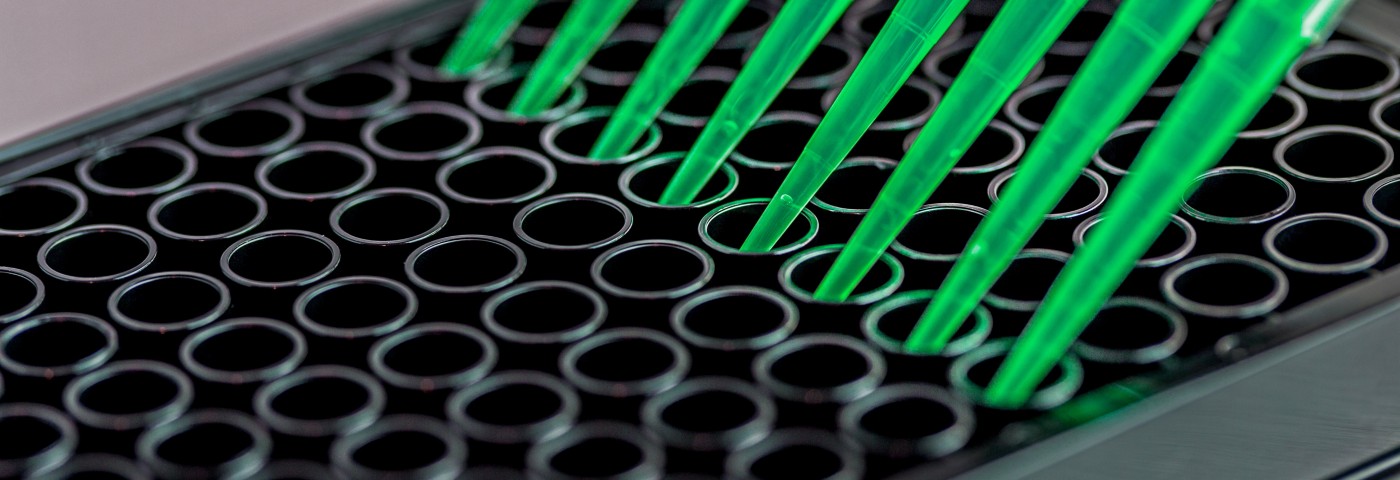California researchers found that analyzing cell-bound complement activation products (CB-CAPs) ably distinguishes between systemic lupus erythematosus (SLE) and fibromyalgia (FM), and complements current test methods.
Whereas fibromyalgia and lupus might share non-specific symptoms, the two diseases have a radically different underlying cause. Lupus is primarily an inflammatory autoimmune condition, while fibromyalgia is not, and the treatment and prognosis differ accordingly.
Many lupus patients are mistakenly diagnosed with fibromyalgia, however, when they present with symptoms that are non-specific, and do not fulfill formal classification criteria of lupus.
Current laboratory tests include a number of lupus-specific autoantibodies, and antinuclear antibody (ANA) is frequently used. Around 95 percent of all lupus patients test positive for ANA, but the antibody is also found in 14 percent of the general population and 15 percent to 25 percent of fibromyalgia patients. Other tests also suffer from poor sensitivity or specificity.
CB-CAPs have already been established as a means to distinguish between lupus and other rheumatic disorders. The study’s authors recently combined CB-CAPs with standard rheumatic disease autoantibodies to produce a multi-analyte assay with algorithm (MAAA). The assay has been shown to be more sensitive in diagnosing lupus compared to current tests. The study, “Systemic lupus erythematosus and primary fibromyalgia can be distinguished by testing for cell-bound complement activation products,“ wanted to test whether the new assay could distinguish between lupus and fibromyalgia.
The research team, composed of scientists from Cedars Sinai Medical Center, Wallace Rheumatology Study Center, and Exagen Diagnostics — all based in California — analyzed 75 lupus and 75 primary fibromyalgia patients. Women accounted for 88 percent of the lupus group, and 96 percent of fibromyalgia patients.
Findings, published in the journal Lupus Science and Medicine, showed that 80 percent of lupus and 33 percent of fibromyalgia patients tested positive for ANA. High expression of CB-CAPs could be used to accurately classify 43 percent of lupus cases and 96 percent of non-lupus cases. The improved assay, MAAA, accurately classified 60 percent of lupus and showed 100 percent specificity, since none of the fibromyalgia patients tested positive for CB-CAPs in MAAA.
The study shows that measuring CB-CAPs in MAAA could distinguish lupus from fibromyalgia. The test could help guide clinicians in referring symptomatic patients who test positive for ANA to a rheumatologist. This would allow for earlier diagnosis, and a swifter initiation of treatment, in lupus patients.

